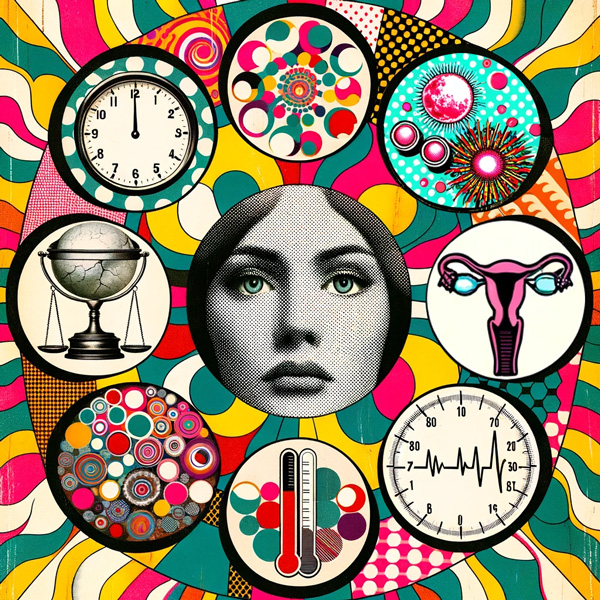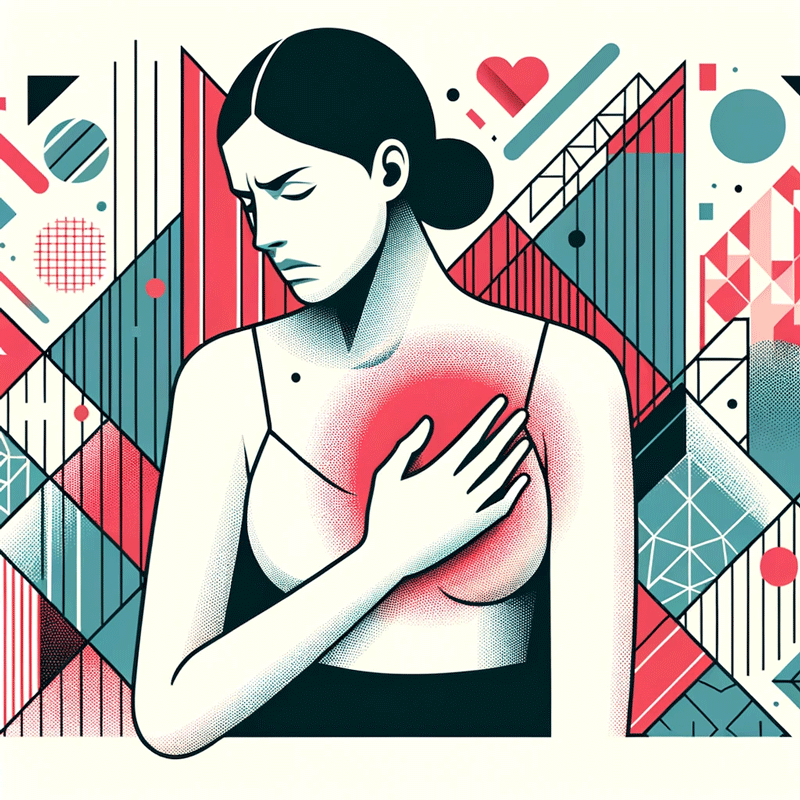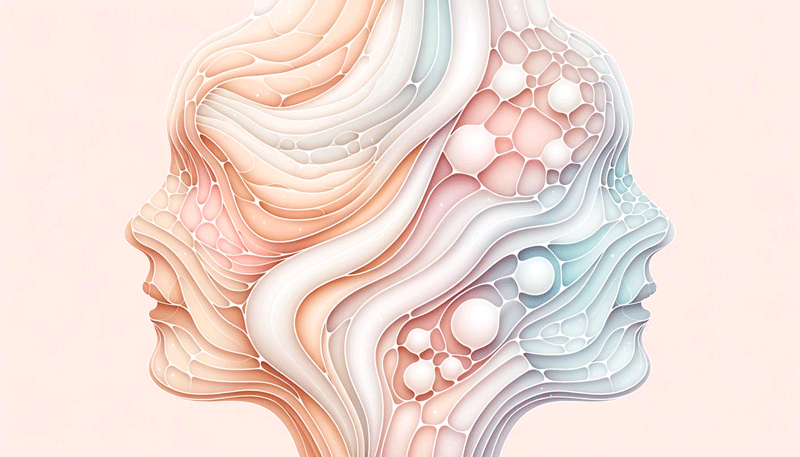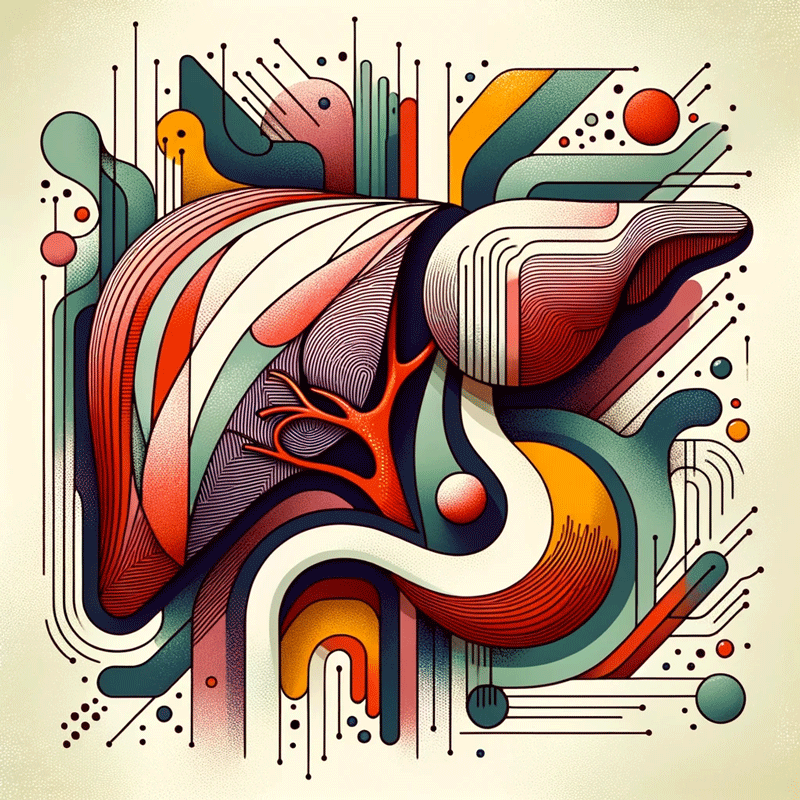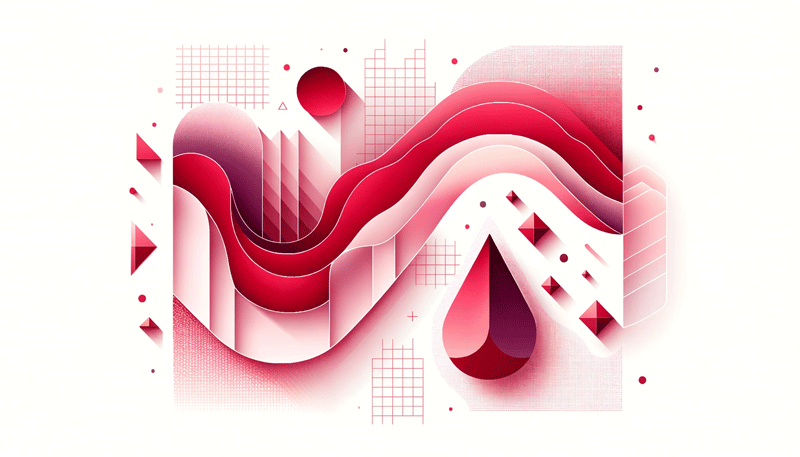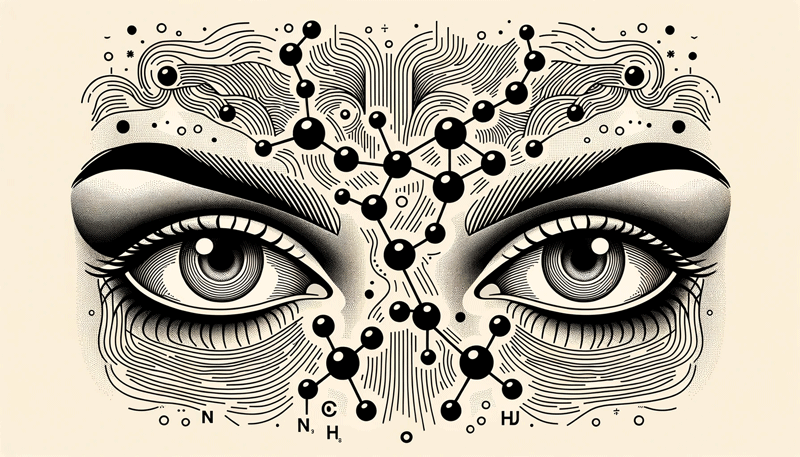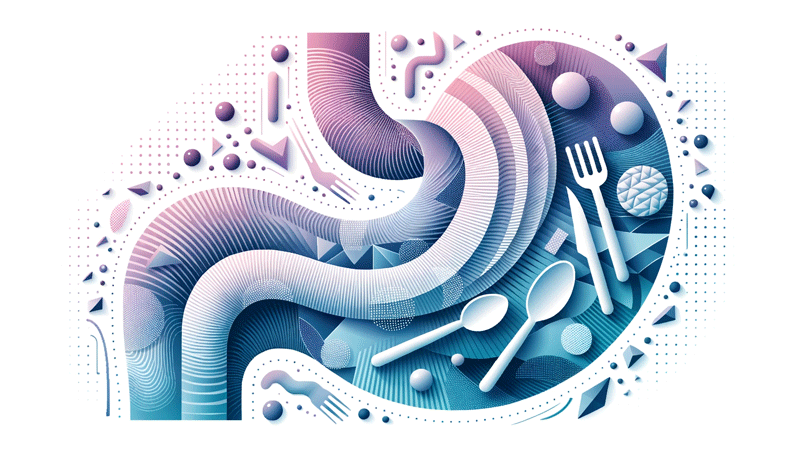Our bodies are incredible. Every day, our complex systems work in harmony to keep us alive and functioning. But sometimes, our bodies send us subtle signs or symptoms that something is amiss. These clues can be so minor we brush them off or don’t even notice them. However, paying attention to the whispers of our bodies can provide valuable insight into our health from a functional medicine perspective.
With a functional medicine approach, I view the body as an interconnected system instead of isolated parts. This means no one symptom is brushed aside or treated in isolation. Instead, all clues are pieced together to identify the root cause. For example, ongoing headaches, fatigue, and joint pain may seem unrelated. But I understand how these could indicate an inflammatory process that ties everything together. Instead of covering up each symptom with drugs, the root issue is addressed. This holistic approach appreciates how the whole body works as one, not individual organs and body parts in silos. No clue is too small when it comes to finding and resolving the underlying imbalance. By treating the body as one integrated network, functional medicine provides lasting solutions, not temporary band-aids that ignore the deeper cause.
So while they may seem unimportant, subtle signals can indicate broader functional imbalances. Your body has an amazing way of signaling when it needs support. Learning its language empowers you to decode what it’s trying to say. Paying attention to the messages it subtly sends can help you to correct imbalances long before disease sets in.
